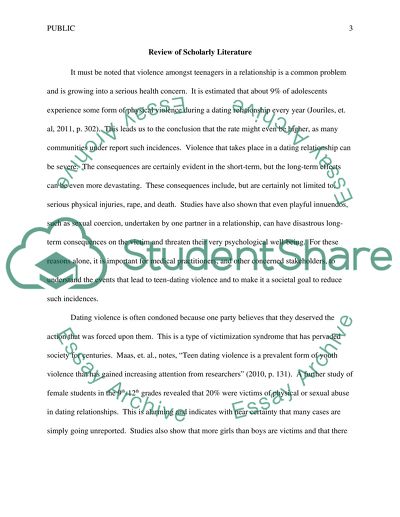Cite this document
(“Public Health Leadership Intervention for Teen Dating Violence Research Paper”, n.d.)
Retrieved from https://studentshare.org/gender-sexual-studies/1468085-public-health-leadership-intervention-for-teen
Retrieved from https://studentshare.org/gender-sexual-studies/1468085-public-health-leadership-intervention-for-teen
(Public Health Leadership Intervention for Teen Dating Violence Research Paper)
https://studentshare.org/gender-sexual-studies/1468085-public-health-leadership-intervention-for-teen.
https://studentshare.org/gender-sexual-studies/1468085-public-health-leadership-intervention-for-teen.
“Public Health Leadership Intervention for Teen Dating Violence Research Paper”, n.d. https://studentshare.org/gender-sexual-studies/1468085-public-health-leadership-intervention-for-teen.


